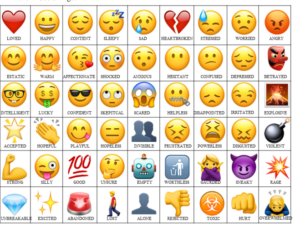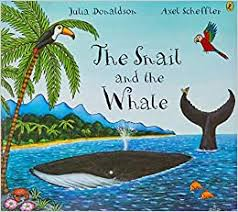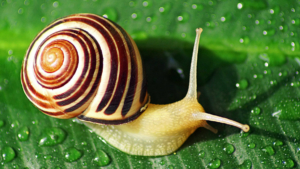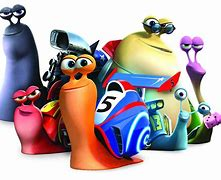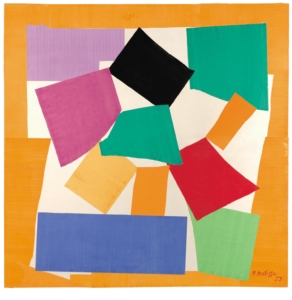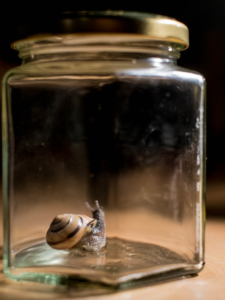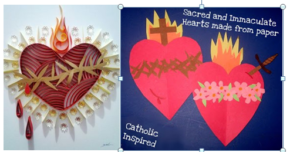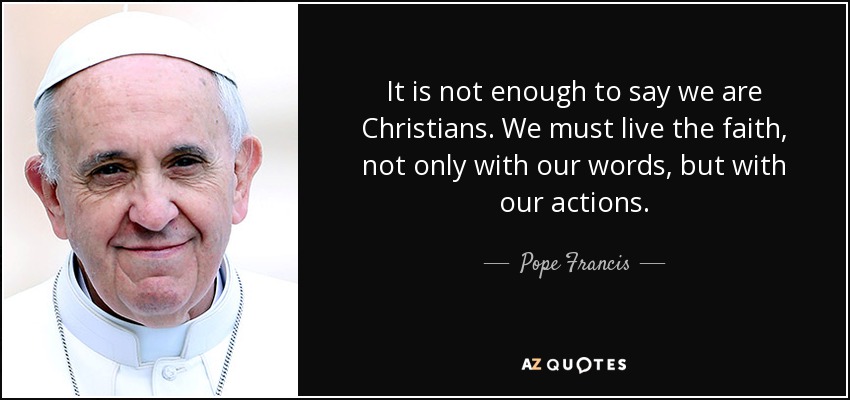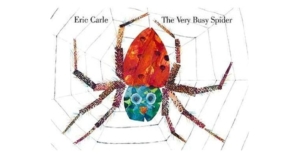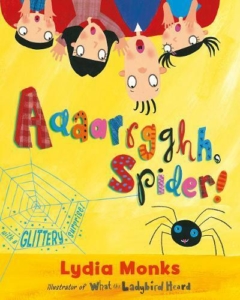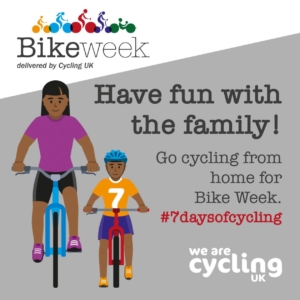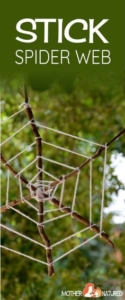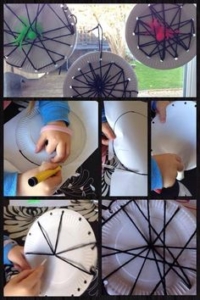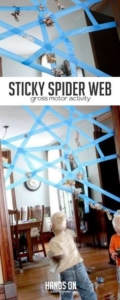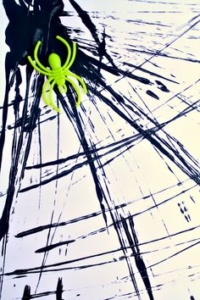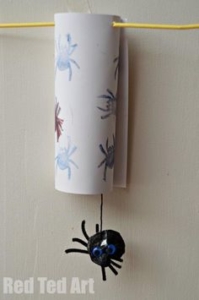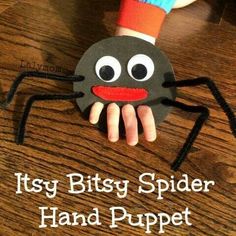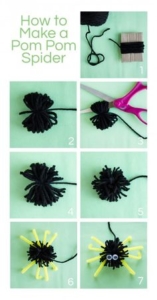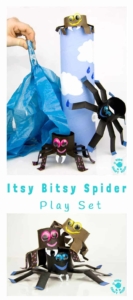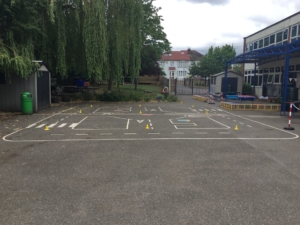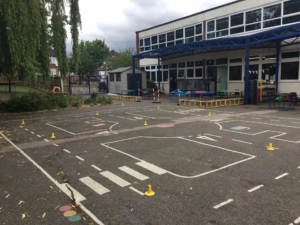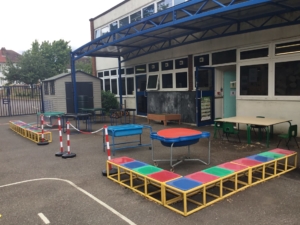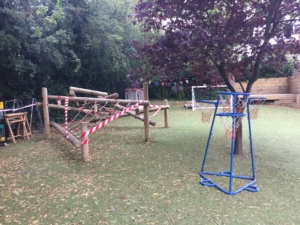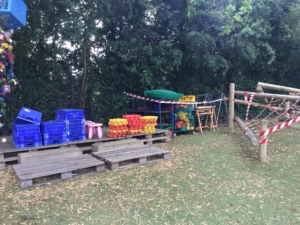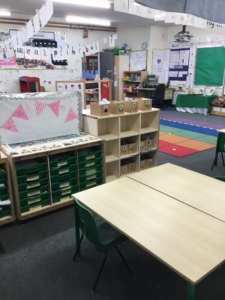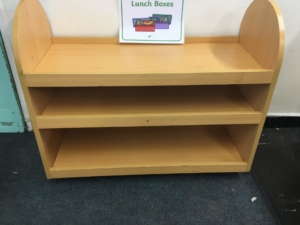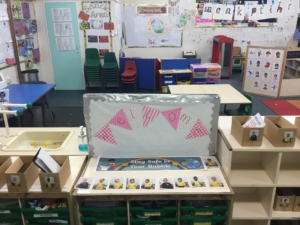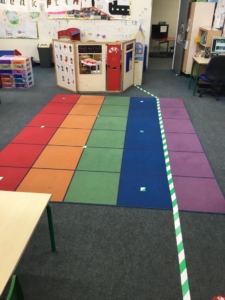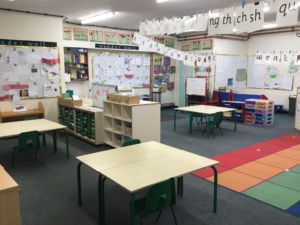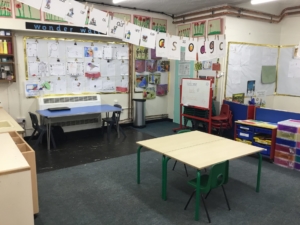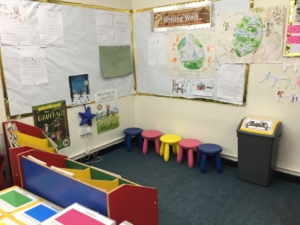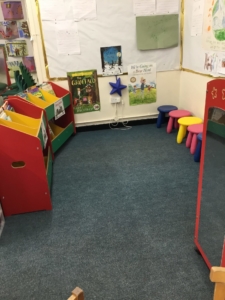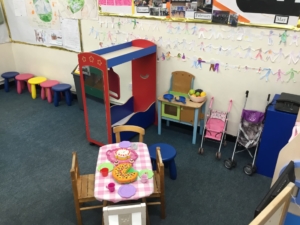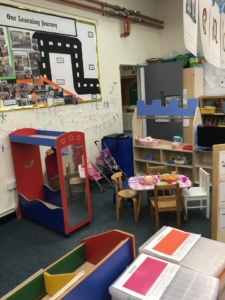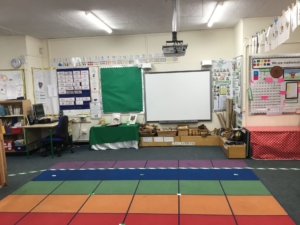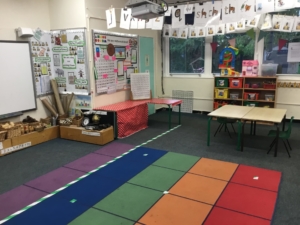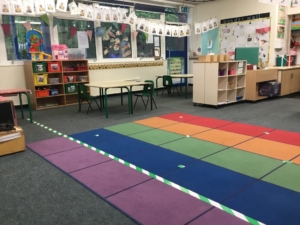This week’s theme is ‘Superworm’ by Julia Donaldson
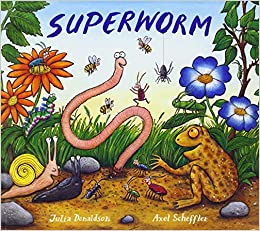
Superworm is the story of an ordinary worm, who chooses to use his talents in unusual ways. The worm, Superworm, is friends to many different kinds of creatures and helps them to get out of some difficult circumstances. Disaster strikes when one of the creatures in the book, Wizard Lizard who is a villain, captures Superworm and forces him to locate treasure underground. All his friends must work together to save Superworm from being lost to the magic forever.
Please choose one or two things from each area to do over the week.
Personal, Social and Emotional Development (PSED)
- Read/ watch Superworm and talk about how he helped his friends when they got into difficulties. Make your own Superworm. Will he be a lasso, a skipping rope, a hoola hoop, or a fishing line? When Superworm himself gets into trouble, the other animals work very hard to save him. What did they do? How would you help Superworm?
- Superheroes come in many forms-who is your superhero?
Communication and Language
- Develop a plan with an adult to save Superworm.
- What do we know about animals and mini- beasts that live under the ground? Would you like to live under ground? Why? Why not?
Physical Development
- Dig for treasure – use a range of tools to search for previously buried treasure. Sort the treasure into groups according to material.
- Watch film clips about how worms and other animals move around under the ground. How can we move like them?
- Make Superworms by stuffing tights with paper. Use the worms for skipping and other games.


- Hook objects with a home-made fishing rod.
Expressive Arts and Design
- Make a 3D worm https://youtu.be/Yss3-upCVWM
- How to draw a worm- https://youtu.be/7I8lLMFMRM0
- Design and label your own superbug hero.
- Make a well – Using materials available, make a well just like the one in the story Teach the children how the well would have been used. Discuss where the location of a well would be.

Understanding the World
- Find out how a well would have been used.
- Dig in the ground to find things that lives there.
- Watch film clips about how worms and other animals move around under the ground. How can we move like them?
- Watch ‘Come Outside- Useful holes and Holes in the Ground’. https://www.youtube.com/watch?v=52SDkNbCMyY
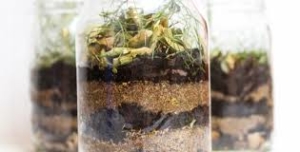
Maths
- Count worms found when digging.
- Measure worms-which worm is the longest/ shortest? Chart/ record the lengths.
- Complete the White Rose Superworm themed tasks here: https://whiterosemaths.com/homelearning/early-years/
- Bury some treasure in your garden and make a map with directions for your family to locate the treasure.
Literacy
- Make your own story about a different animal that becomes a superhero.
- Use the book to create a collection of rhyming words and phrases. Could you use these to create your own rhyming story?
- Make a list of words and phrases that are used to describe Superworm.
- Write about a time when Superhero comes to the rescue.
- Think of some questions that you might like to ask Superworm. How might he respond?
- How many different ways is Superworm used in the story? Can you make a new page in which Superworm helps a different animal?
- Write character descriptions about Superworm and Wizard Lizard.
- Draw a picture of a worm and write as many describing words around it. Can you make the worm sound really interesting and exciting to another person? Choose your favourite words and put these words into a sentence e.g. ‘Superworm is…’
- Create your own treasure hunt, writing clues for your family to follow.
Phonics- It is highly important that your child practises their letter sounds and tricky words and applies them through a reading and writing activity daily. Reading will help improve their vocabulary and a child’s academic success depends upon the ability to read and write and so this should be a priority.
Please do the daily Department for Education (DFE) ‘Letters and Sounds’ live phonics lesson.
RE
To show that RE is a special learning time, we always light a candle to mark the beginning of lesson and ask ‘Who is with us when we light the candle?’ and ‘Who do we learn about in our RE lesson?’
We then say the school’s Mission Prayer together.
Please see the separate RE blog for the whole school learning focus. Thank you!
Ongoing Further Activities and Information
https://www.youtube.com/watch?v=8fdk0oKMmfg
https://www.youtube.com/watch?v=DXDGE_lRI0E
https://www.youtube.com/watch?v=Cc0QVWzCv9k
https://www.youtube.com/watch?v=QCN893hzueQ
https://www.youtube.com/watch?v=DSpyKsPiUhs
https://www.youtube.com/watch?v=yjh5Kh5Hxu8
Ongoing Maths Activities – try at least one a day
- Go on a walk and count how many rainbows or teddies you can see in the windows of different houses. Which road has the most?
- Counting objects within the house-This could be anything as simple as counting the cutlery in your drawer!
- Looking for shapes in the environment- Can you see the rectangle on the table? The square on the oven door? How many edges does the bookcase have? Can you name the 3D shape that your cereal box is?
- Using positional and directional language- Where is the teddy? On top, under, behind, in front of, next to, in between etc. Use directions to get from one room to another e.g. walk two steps forward, turn left…
- Capacity-Fill the bath and give them your child whichever containers you have at home (jugs, Tupperware). Encourage the language of full, nearly full, half full, nearly empty, empty. Will the water to fill this container fit into another container?
- Time- Create an ‘at home’ timetable together. What shall we do first? What shall do next? What shall we do at the end of the day? Begin to recognise o’ clock times on a clock.
- Money- Empty your purse or money box. Learn the names of the different coins. Use 1p coins to count and add with.
- Patterns- Use every day objects around the home to create patterns e.g. pen, fork, sock, pen, fork, sock. Can they continue and copy your pattern? Can they make their own pattern.
- Length and height- Find three objects from around the home. Can they order them from smallest to largest? Use your feet to measure the length of items in your home (e.g the sofa). How many feet long is it? Counting objects within the house. This could be anything as simple as counting the cutlery in your drawer!
- Addition using objects found within your home- If we have 5 spoons and 3 forks, how many do we have altogether? Include missing numbers e.g I have 5 buttons. How many more do I need to make 10?
- Subtraction using objects found within your home- If we have 7 biscuits and I eat 2 how many biscuits are left?
- Subitising (recognising how many without counting) the amount of objects in a set. How many candles are on the fireplace? How many plates are on the table? Etc
- Watch a Numberblocks episode each day at: BBC iplayer or CBeebies.
- Practise counting up to 20. This can be done through playing hide and seek, singing number songs, chanting, board games etc.
- Write out the digits 0 – 9.
- Sing Number songs to practice counting, reciting numbers in order, one more, one less using number songs: Five Little Ducks, Five Little Men, Ten Green Bottles
- Practise counting backwards from 20.
- Look for the numbers on the doors of houses. Do the numbers get bigger or smaller as you go up and down the street?
- Listen to a number song from the CBeebies website. After listening to them, watch again and sing along if you can. Talk about the maths you can see in the video clip.
- Look out of the window and count how many houses or buildings can be seen
- Explore weighing and measuring food on the kitchen scales. Ask, what happens as you place more on the scales?
- Look for numerals on packaging you find around the house. Can your child recognise the numerals and count out a matching amount?
Maths Websites
https://www.topmarks.co.uk/maths-games/5-7-years
https://matr.org/blog/fun-maths-games-activities-for-kids/
https://www.primarygames.com/math.php
https://www.bbc.co.uk/cbeebies/topics/numeracy
https://apps.mathlearningcenter.org/geoboard/
White Rose Maths has prepared a series of five maths lessons for each year group from Year R-8. They will be adding five more each week for the next few weeks. Every lesson comes with a short video showing you clearly and simply how to help your child to complete the activity successfully. Click on the link to find out more.
https://whiterosemaths.com/homelearning/
Independent writing
Parents, please encourage your child to write as often as you can, using their phonics and tricky word knowledge. Please take a close up picture of any writing they do and upload it to Tapestry. If they are forming their letters incorrectly, the wrong way around or hold their pencil the wrong way, please correct your child immediately. Please refer to the inside cover of their original home phonics book for the handwriting phrases, if you find yourself in this position.
Phonics
Please continue to practise all of Phase 2 and Phase 3 sounds and tricky words on a daily basis.
Phase 2 tricky and high frequency words
Read: is, it, in, at, and, the, to, no, go, I, on, a
Phase 3 tricky and high frequency words
Read: he, she, we, me, be, was, my, you, they, her, all, are
Write: the, to, no, go, I
For those children who know all of the above, please begin to teach the following words from Phase 4. (Consolidating phase)
Phase 4 tricky words
Read: said, so, have, like, some, come, were, there, little, one, do, when, out, what
Information about Phase 4 Phonics
During the summer term and only when the children are secure in Phase 2 and 3, Reception usually move over to the Phase 4 stage of Letters and Sounds. When children start, they will know a grapheme for each of the 42 phonemes. They will be able to blend phonemes to read CVC (consonant-vowel-consonant) words and segment in order to spell them.
Children will also have begun reading straightforward two-syllable words and simple captions, as well as reading and spelling some tricky words.
In Phase 4, no new graphemes are introduced. The main aim of this phase is to consolidate the children’s knowledge and to help them learn to read and spell words which have adjacent consonants, such as trap, string and milk.
If your child knows all of the Phase 2 and 3 sounds consistently and the high frequency and tricky words, then please begin to introduce your child to the Phase 4 online games and activities.
Important- Please be aware that if you go onto this phase before they are ready, it may cause your child to have issues with spelling later on in their school life.
The following websites are fantastic for practising phonics phases, word recognition and sentence reading.
https://www.teachyourmonstertoread.com
https://www.phonicsplay.co.uk/freeIndex.htm
https://www.phonicsbloom.com/
http://www.familylearning.org.uk
https://www.topmarks.co.uk
www.letters-and-sounds.com
https://www.spellingcity.com/spelling-games-vocabulary-games.html
Twinkl also have some great phonics and cross curricular resources and are also currently free if you follow these instructions:
Go to https://www.twinkl.co.uk/offer and enter the code: UKTWINKLHELPS
Phonics Play in particular is a fantastic resource for the actual teaching of the Letters and Sounds program. It is currently free to parents due to the Coronavirus situation.
Reading
As well as Oxford Owls, Harper Collins Publishers are now giving parents free access to their Big Cat e-books and activities, which are also organised according to book band colour.
Go to Collins Connect and click on the Teacher portal and enter:
Username: parents@harpercollins.co.uk
Password: Parents20!
and then click Login.
To login to Oxford Owl please continue using the school’s login.
https://www.oxfordowl.co.uk/
Username:popepaul2020
Password:Ilovereading2020
You must put the detail into Class Login not the general login otherwise it will not work. Once logged in, you can go into the bookshelf. Select 2 books from your child’s book band colour and practise reading them every day. There are two activities to go with each book and parent tips at the end of the book. If you click on the parents section too, you should find even more books and resources.
